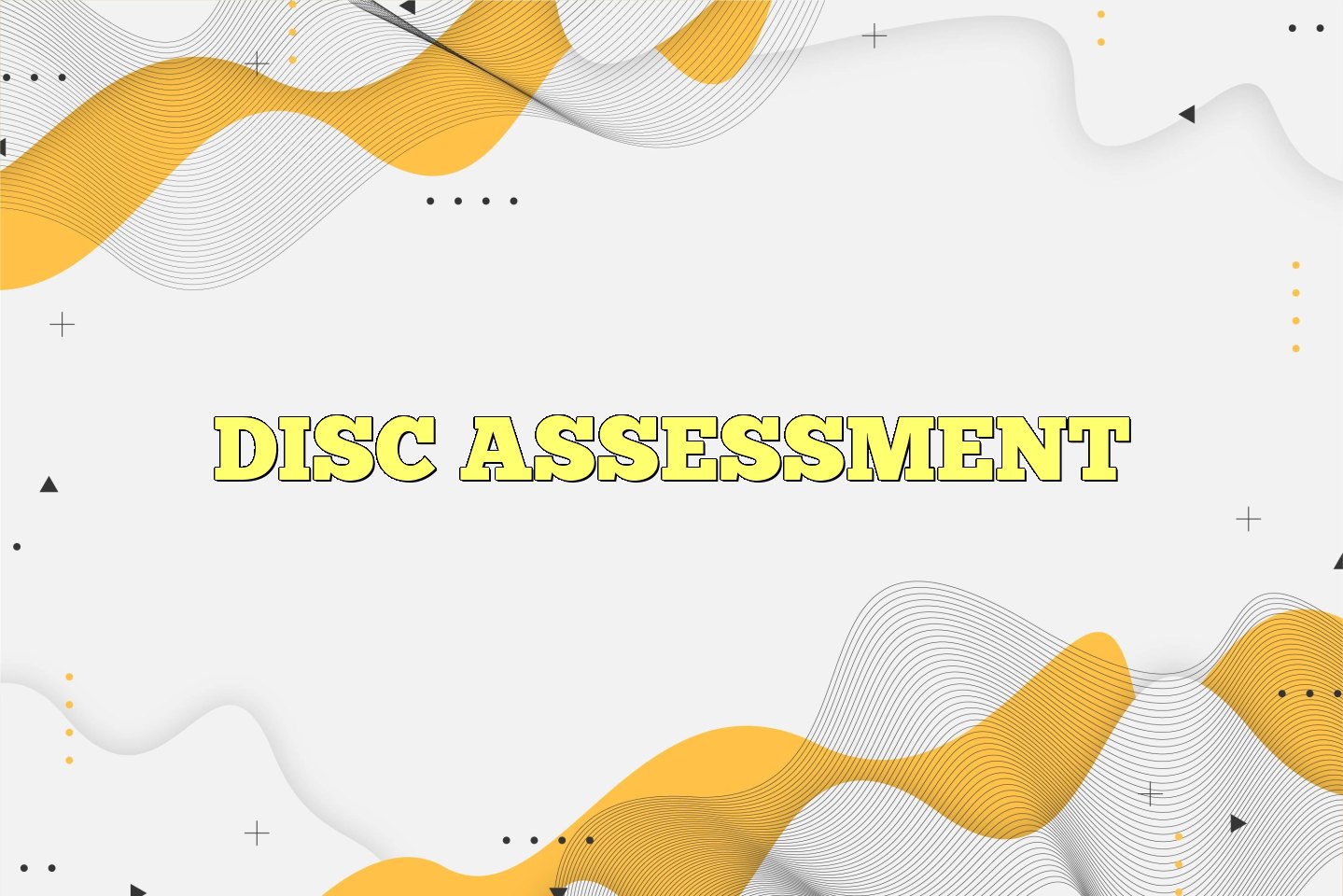The DISC assessment is a popular tool used in the field of psychology and human resources to understand individual personality traits and behavior styles. It is designed to provide insight into how individuals communicate, make decisions, and interact with others in various settings. The purpose of the DISC assessment is to help individuals gain a better understanding of themselves and others, ultimately leading to improved communication, teamwork, and personal growth. In this essay, we will explore the purpose and process of the DISC assessment, and how it can be beneficial in both personal and professional settings.

DISC is a group of psychological inventories developed by John Geier, and others, and based on the 1928 work of psychologist William Moulton Marston and the original behavioralist Walter V. Clarke and others.
History
DISC is a quadrant behavioral model based on the work of Dr. William Moulton Marston (1893–1947) to examine the behavior of individuals in their environment or within a specific situation (otherwise known as environment). It therefore focuses on the styles and preferences of such behavior.
Marston graduated from doctoral studies at Harvard in the newly developing field of psychology. He was also a consulting psychologist, researcher, and author or co-author of five books. His works were showcased in Emotions of Normal People in 1928. among others.
This system of dimensions of observable behavior has become known as the universal language of behavior. Research has found that characteristics of behavior can be grouped into these four major “personality styles” and they tend to exhibit specific characteristics common to that particular style. All individuals possess all four, but what differs from one to another is the extent of each.
For most, these types are seen in shades of grey rather than black or white, and within that, there is an interplay of behaviors, otherwise known as blends. The determination of such blends starts with the primary (or stronger) type, followed by the secondary (or lesser) type, although all contribute more than just purely the strength of that “signal”.
Having understood the differences between these blends makes it possible to integrate individual team members with less troubleshooting. In a typical team, there are varying degrees of compatibility, not just toward tasks but interpersonal relationships as well. However, when they are identified, energy can be spent on refining the results.
Each of these types has its own unique value to the team, ideal environment, general characteristics, what the individual is motivated by, and value to team.
DISC is also used in an assortment of areas, including by many companies, HR professionals, organizations, consultants, coaches and trainers…
Method
The assessments classify four aspects of behavior by testing a person’s preferences in word associations (compare with Myers-Briggs Type Indicator). DISC is an acronym for:
- Dominance – relating to control, power and assertiveness
- Influence – relating to social situations and communication
- Steadiness (submission in Marston’s time) – relating to patience, persistence, and thoughtfulness
- Conscientiousness (or caution, compliance in Marston’s time) – relating to structure and organization
These four dimensions can be grouped in a grid with “D” and “I” sharing the top row and representing extroverted aspects of the personality, and “C” and “S” below representing introverted aspects. “D” and “C” then share the left column and represent task-focused aspects, and “I” and “S” share the right column and represent social aspects. In this matrix, the vertical dimension represents a factor of “Assertive” or “Passive”, while the horizontal dimension represents “Open” vs. “Guarded”.
- Dominance: People who score high in the intensity of the “D” styles factor are very active in dealing with problems and challenges, while low “D” scores are people who want to do more research before committing to a decision. High “D” people are described as demanding, forceful, egocentric, strong willed, driving, determined, ambitious, aggressive, and pioneering. Low D scores describe those who are conservative, low keyed, cooperative, calculating, undemanding, cautious, mild, agreeable, modest and peaceful.
- Influence: People with high “I” scores influence others through talking and activity and tend to be emotional. They are described as convincing, magnetic, political, enthusiastic, persuasive, warm, demonstrative, trusting, and optimistic. Those with low “I” scores influence more by data and facts, and not with feelings. They are described as reflective, factual, calculating, skeptical, logical, suspicious, matter of fact, pessimistic, and critical.
- Steadiness: People with high “S” styles scores want a steady pace, security, and do not like sudden change. High “S” individuals are calm, relaxed, patient, possessive, predictable, deliberate, stable, consistent, and tend to be unemotional and poker faced. Low “S” intensity scores are those who like change and variety. People with low “S” scores are described as restless, demonstrative, impatient, eager, or even impulsive.
- Conscientious: People with high “C” styles adhere to rules, regulations, and structure. They like to do quality work and do it right the first time. High “C” people are careful, cautious, exacting, neat, systematic, diplomatic, accurate, and tactful. Those with low “C” scores challenge the rules and want independence and are described as self-willed, stubborn, opinionated, unsystematic, arbitrary, and unconcerned with details.